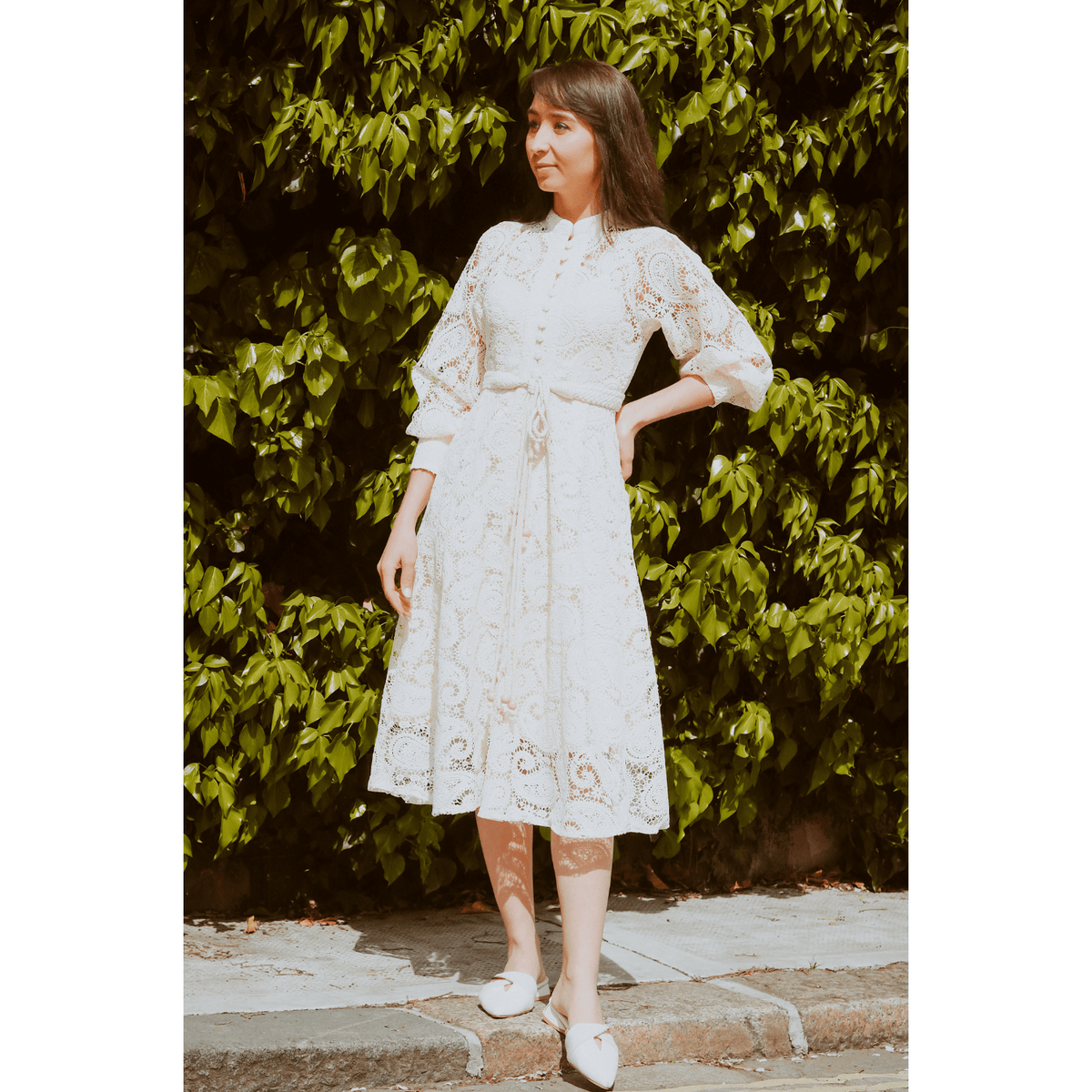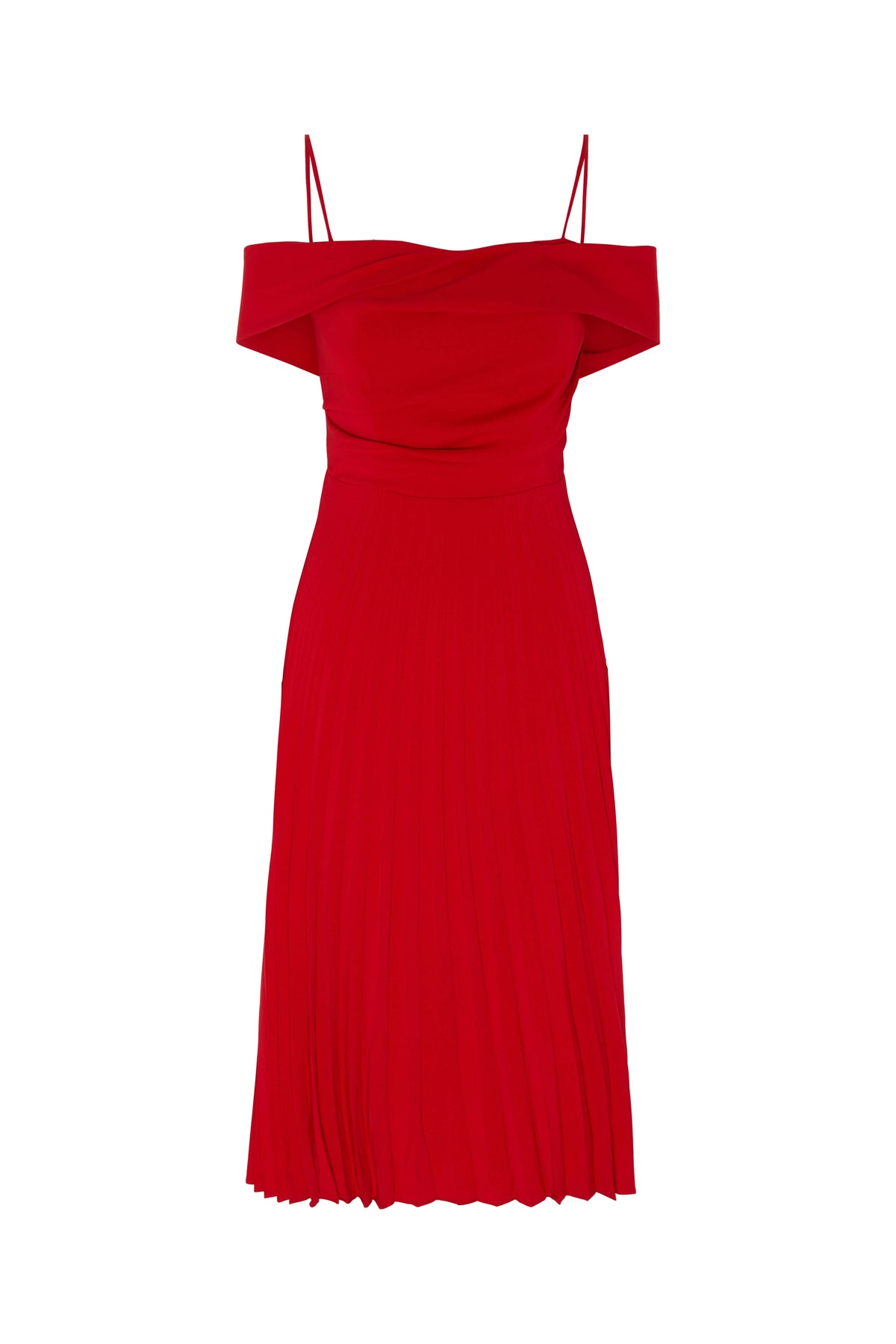In today's fast-paced world, the fashion industry is constantly churning out new trends and enticing consumers with the latest styles. However, this culture of fast fashion often comes at a significant cost to the environment and the well-being of garment workers. As awareness of the environmental and social impacts of clothing production grows, many individuals are seeking ways to become more sustainable shoppers when it comes to buying clothes. Here are five practical steps you can take to reduce your fashion footprint and make more environmentally conscious choices:
-
Prioritize Quality Over Quantity: In a society that encourages constant consumption and frequent wardrobe updates, it can be tempting to prioritize quantity over quality when shopping for clothes. However, investing in well-made, durable clothing items can actually save you money in the long run and reduce your overall environmental impact. Instead of buying multiple cheaply made garments that are destined for the landfill after a few wears, opt for high-quality pieces that are built to last. Look for timeless styles and classic designs that won't go out of fashion quickly, allowing you to wear them for years to come.
-
Choose Sustainable Fabrics: The choice of materials used in clothing production plays a significant role in determining its environmental impact. Many conventional fabrics, such as polyester and conventional cotton, require large amounts of water, pesticides, and energy to produce, contributing to pollution and habitat destruction. To reduce your fashion footprint, opt for clothing made from eco-friendly and ethically sourced materials. Look for fabrics such as organic cotton, hemp, bamboo, TENCEL™, and recycled fibers, which have a lower environmental impact and promote sustainable farming and manufacturing practices.
-
Support Ethical Brands: When shopping for clothes, take the time to research and support brands that prioritize sustainability, ethical labor practices, and transparency in their supply chains. Look for brands that are committed to reducing their environmental footprint, treating workers fairly, and minimizing the use of harmful chemicals and dyes. Consider supporting companies that have obtained certifications such as Fair Trade, GOTS (Global Organic Textile Standard), or B Corp certification, which demonstrate their commitment to social and environmental responsibility.
-
Embrace Secondhand and Vintage: One of the most sustainable ways to shop for clothes is to embrace secondhand and vintage clothing. Thrift stores, consignment shops, and online marketplaces offer a treasure trove of gently used clothing items that are just waiting to be discovered. Buying secondhand not only reduces the demand for new clothing production but also gives pre-loved garments a new lease on life, extending their lifespan and minimizing waste. Plus, shopping secondhand allows you to find unique and one-of-a-kind pieces that reflect your individual style.
-
Practice Mindful Consumption: Before making a purchase, take a moment to pause and consider whether you truly need the item and if it aligns with your values and lifestyle. Avoid falling into the trap of impulse buying or chasing after fleeting trends that may quickly fall out of favor. Instead, focus on building a versatile and curated wardrobe composed of thoughtfully chosen pieces that you love and will wear often. By practicing mindful consumption and making intentional purchasing decisions, you can reduce your fashion footprint and make a positive impact on the planet.
In conclusion, becoming a more sustainable shopper for clothing is not only good for the environment but also for your wallet and well-being. By prioritizing quality over quantity, choosing sustainable fabrics, supporting ethical brands, embracing secondhand and vintage clothing, and practicing mindful consumption, you can make a meaningful difference in the world of fashion. Let's strive to create a more sustainable and ethical fashion industry for future generations to enjoy.





